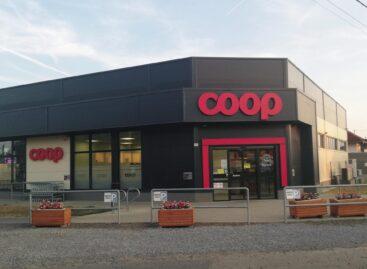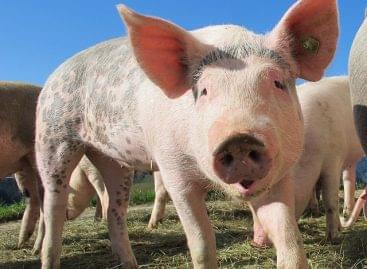Toiletpaper, a typical routine category
On of the most common routine paper products is toilet paper. One of the things we only tend to notice, when we run out of it. It is much the same with stores: they should never run out of toilet paper. Zewa is a leading brand among paper products. This is why have chosen Judit Sándor, trade marketing manager of SCA and Réka Nagy, tissue marketing manager, to discuss the peculiarities of a typical routine category. – How long has SCA been using a category management approach internationally and in Hungary? S. J.: – Our Swedish HQ has been pursuing category management activities since the early 90’s. They monitor developments, participate in European ECR activities and train staff in the local markets. However, there are big differences between our partners in how receptive they are to such activities. – How does a category focused approach appear? N R.: – Penetration of this category which looks boring and even funny at first glance is practically 100 per cent, as it is used in all households. Approximately 458 million rolls of toilet paper were sold in Hungary in 2007, which translates to sales of HUF 20 billion in terms of value. There are also a lot of innovations in this segment, but communication is hardly noticeable, with only Zewa maintaining a presence in the media. There is simply not enough information available for consumers. S. J.: – Good facings could help consumers in orientation. As only 5-10 per cent of categories can be used as target categories, the rest are routine, seasonal and convenience categories. The objective is to identify how important a category is for the specific retailer and its customers. At least two parameters should be examined. – What kinds of research do you rely on in your work? How do you obtain information about consumers and their habits? N. R.: – We know a lot about consumers and their habits from several years of research. For example, we know the difference between the way English and Hungarians use toilet paper, which can be important for product development. S. J.: – We conduct regular POS surveys. Usually, we want to know how much time is spent by consumers in front of paper shelves and what consideration their decisions are based on. – Can you give us some typical features? S. J.: – Routine products are generally “low involvement category” , which means consumers want to make fast decisions. – What tactics are common regarding assortments, pricing and promotions? S. J.: – Assortments do not need to be complete, but must always be available. N R. : – One of the main objectives of promotions is to boost the “transaction value”. Apart from price promotions, we often use cross-promotions. S. J.: – In-store communication tools are useful in this category as well.
Related news
Related news
László Pekó: “Coop isn’t just a network, it is a way of life – and has been for 30 years”
🎧 Hallgasd a cikket: Lejátszás Szünet Folytatás Leállítás Nyelv: Auto…
Read more >Winners of the 2025 Retailer of the Year award announced
🎧 Hallgasd a cikket: Lejátszás Szünet Folytatás Leállítás Nyelv: Auto…
Read more >K&H: significant price drop in the pork market
🎧 Hallgasd a cikket: Lejátszás Szünet Folytatás Leállítás Nyelv: Auto…
Read more >



